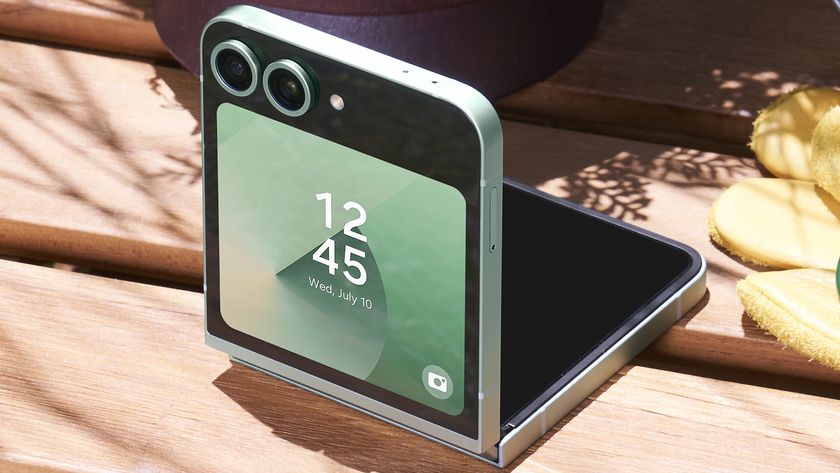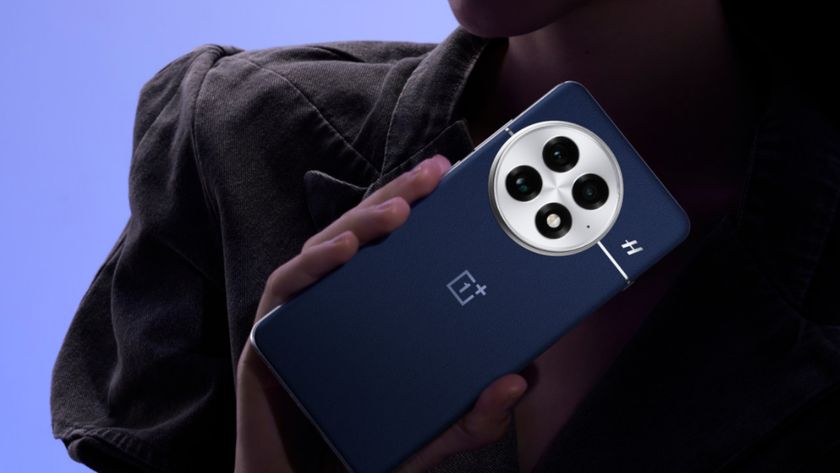Intel goes MID mad in Shanghai
IDF Spring 2008: UMPC by another name?
The key theme in Shanghai during the opening day of the Intel Developer Forum was, essentially, 'unleashing the internet with mobile devices'. Worryingly, however, the devices Intel has been showcasing look a lot like the failed UMPC project of 2006.
The basic philosophy behind Intel's MID (Mobile Internet Device) strategy and the Atom Centrino platform that powers it is sound enough. As Intel's mobile tech guru Anand Chandrasekher expounded during his IDF keynote, global internet growth continues unabated. Upwards of 1.3 billion people were regularly going online by the end of 2007.
But mobile internet devices to date, such as smartphones, have delivered a poor end-user experience. So the internet has remained largely tethered to fixed, desktop devices.
Intel's solution is to bring the wide compatibility of Intel's x86 CPU technology to mobile devices with the new Atom Centrino platform. The full internet experience in your pocket, in other words.
Size matters
So far, so good. But the problem with what Intel has shown us at IDF is size. Though many of the MIDs revealed yesterday are smaller than the UMPCs of yesteryear, not one is genuinely pocket-sized.
Crucially, all are much, much larger than the likes of the Apple iPhone. Given that many consumers feel the iPhone is at the upper end of acceptable size scale for a pocketable gadget, and that device already brings almost-full internet to the pocket, size could be a major barrier for Intel's MID initiative.
Get daily insight, inspiration and deals in your inbox
Sign up for breaking news, reviews, opinion, top tech deals, and more.
Needless to say, Intel doesn't see it this way. We put it to Gary Willihnganz, Intel's ultra mobile marketing director, that the MIDs we had so far seen were simply too large. He flatly rejects the idea. "These MIDs fit comfortably in bags typically used by women or students. I simply disagree that they are too large," Willingham says.
Why not a notebook?
Perhaps, but what about the rest of us? Willihnganz's defence would also apply to subnotebooks in the 10-to-11-inch size range. And those systems offer infinitely superior usability. Just inputting a simple web address can be a real trial on a touch-screen MID, for instance.
The harsh truth may be that the first generation of Intel's Atom processor and the Atom Centrino platform is just too big and power-hungry to enable truly pocket-sized devices.
For that, we will have to wait until 2009 and the launch of the second generation Atom platform, known as Moorestown. Indeed, Chandrasekher proudly showed off an early Moorestown motherboard during his keynote. It was only slightly larger than a credit card.
User interface
In the meantime, the other big question mark hanging over MIDs is the user interface. And the invisible elephant in the Grand Ballroom at IDF yesterday was the conspicuous absence of Microsoft. Surely the world's dominant vendor of computer operating systems and long-time Intel collaborator should be a key player in the effort to make MIDs as slick and user-friendly as possible?
"That's something you'll have to ask Intel about," says Chandrasekher. Whatever Microsoft may or may not be working on for the future, the fact that both the Windows XP and Windows Vista interfaces are thoroughly suboptimal for this new generation of mobile devices is all too clear.
With Microsoft currently out of the picture, Intel is sponsoring the Linux-based Moblin initiative. It boils down to a pair of mobile-optimised Linux distributions from Ubuntu and Asianux.
From a performance and power-management perspective, the lean and mean Linux OS looks like a winner. But in terms of the user interface, it doesn't look quite so clever. As Willihnganz admits, it took the release of the iPhone to really get the industry thinking hard about mobile user interfaces. There is still much work to be done.
The future for MIDs
Of course, there are plenty of other hurdles to clear for the MID initiative. Not least of which is the availability of affordable, ubiquitous wide-area wireless broadband networking, a problem Intel hopes to address with its WiMAX technology.
The idea of putting the internet in your pocket may be compelling, but our overwhelming impression of Atom and the overall MID initiative from Intel is that of gen-zero technology. It's a stepping stone on the way to a more realistic and commercially viable future for MIDs. And that won't arrive until at least the latter half of 2009.
Technology and cars. Increasingly the twain shall meet. Which is handy, because Jeremy (Twitter) is addicted to both. Long-time tech journalist, former editor of iCar magazine and incumbent car guru for T3 magazine, Jeremy reckons in-car technology is about to go thermonuclear. No, not exploding cars. That would be silly. And dangerous. But rather an explosive period of unprecedented innovation. Enjoy the ride.











